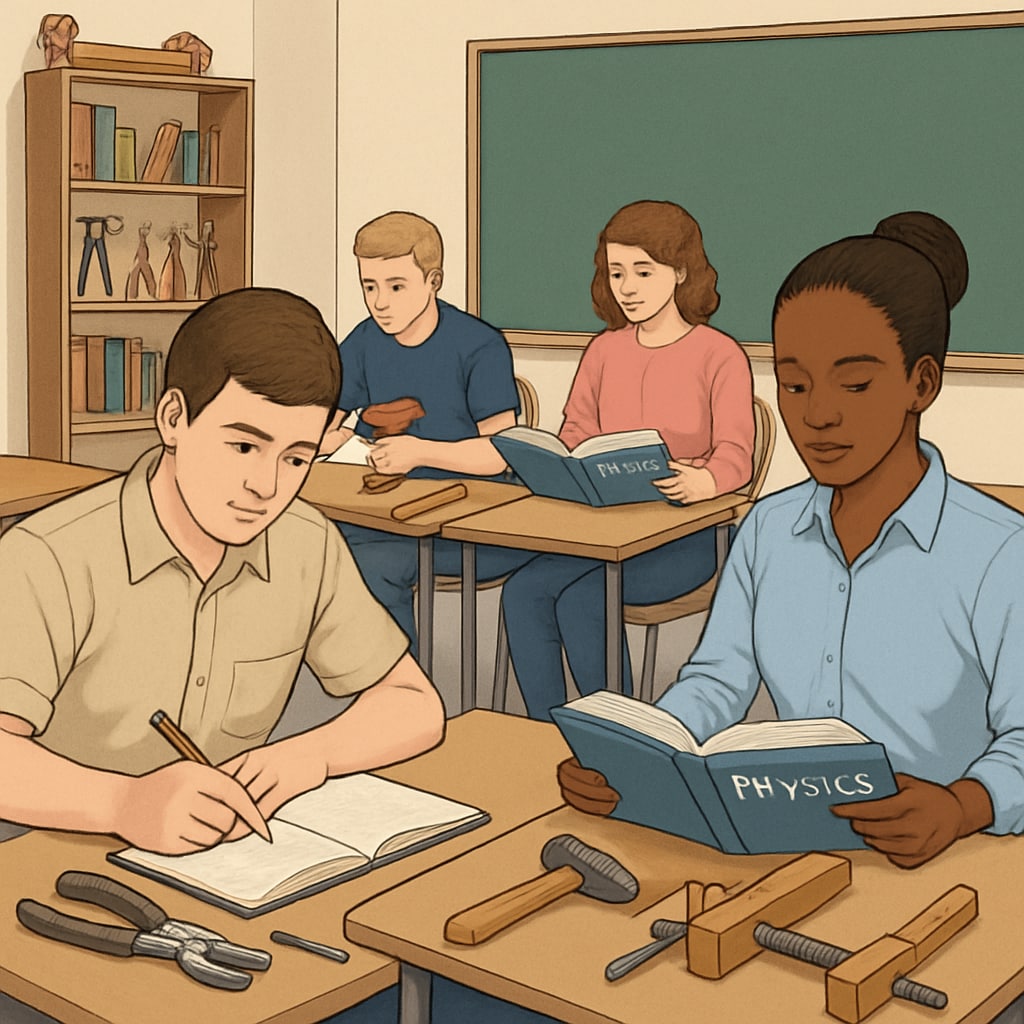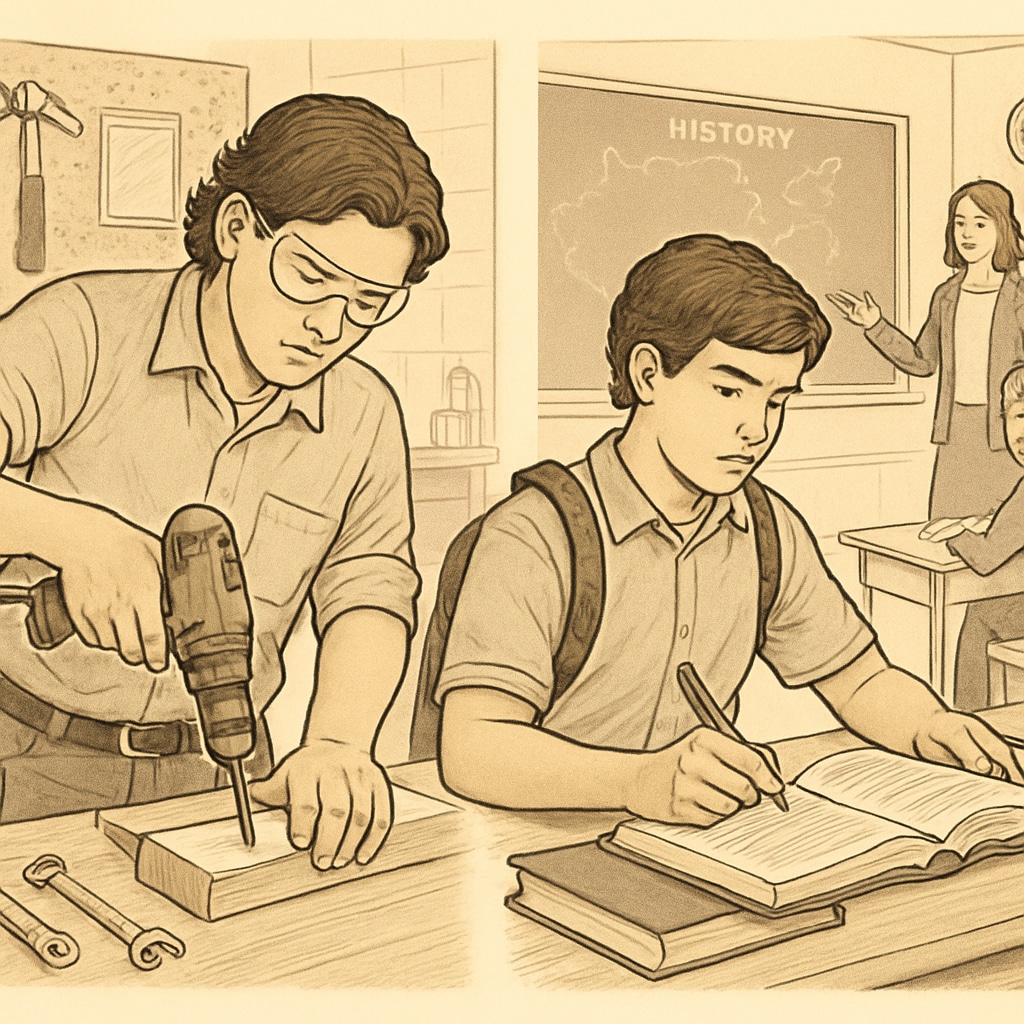Incorporating vocational education, school district structures, and traditional academic disciplines into a comprehensive educational model is a challenge that many educators and policymakers face. Striking the right balance between these components is essential to ensure students are prepared for both the workforce and the broader intellectual demands of society. This article examines the benefits and drawbacks of various implementation models, offering actionable strategies to harmonize vocational training with academic education.
The Need for Balance: Vocational Education and Traditional Academics
Vocational education focuses on providing students with practical skills and technical expertise for specific trades or careers. In contrast, traditional academic disciplines emphasize critical thinking, theoretical knowledge, and intellectual development. Both approaches are vital, but an overemphasis on one at the expense of the other can leave students with an incomplete skill set.
For example, a student proficient in mathematics and science may lack the hands-on experience needed for an engineering apprenticeship. Conversely, a student trained exclusively in vocational skills might struggle with the analytical and communication skills required for career advancement. Striking a balance ensures that students are well-rounded, capable of thriving in their careers and adapting to new challenges in an evolving job market.

Implementation Models: Strengths and Weaknesses
Different school districts have adopted various models to integrate vocational and traditional education. Below are three common approaches, along with their advantages and challenges:
- Dedicated Vocational Schools: These schools focus exclusively on vocational training. While students gain specialized skills, they may miss out on broader academic development. This model works best when paired with academic enrichment programs.
- Integrated Curricula in Comprehensive Schools: Traditional schools offering vocational courses alongside academic subjects allow for a more balanced education. However, scheduling conflicts and resource allocation can be challenging to manage.
- Dual Enrollment Programs: Students split their time between vocational training centers and traditional schools. This model provides flexibility but requires strong coordination among institutions to avoid overwhelming students.
Each model has its merits, but the choice often depends on the specific needs and resources of the school district. Successful implementation requires careful planning and collaboration among educators, administrators, and community stakeholders.

Practical Strategies for Building a Holistic Education System
To achieve a balanced educational approach, school districts can adopt the following strategies:
- Curriculum Integration: Design curricula that blend vocational training with traditional academics. For instance, math lessons could incorporate real-world applications, such as budgeting or engineering calculations.
- Teacher Collaboration: Encourage collaboration between academic teachers and vocational instructors to create interdisciplinary lessons that bridge theoretical concepts and practical applications.
- Industry Partnerships: Partner with local businesses to provide internships, apprenticeships, and mentorship programs. These opportunities give students hands-on experience while reinforcing classroom learning.
- Flexible Scheduling: Offer flexible timetables that allow students to explore both vocational and academic courses without sacrificing one for the other.
- Continuous Assessment: Regularly evaluate the effectiveness of the integrated model and make adjustments based on student outcomes and feedback.
Implementing these strategies requires a commitment to innovation and a willingness to adapt to the unique needs of each community. However, the long-term benefits for students and society as a whole make these efforts worthwhile.
The Future of Education: Bridging Gaps for Holistic Development
As the demands of the global economy evolve, the integration of vocational education and traditional academics will become increasingly important. Students need both the technical skills to excel in specific careers and the intellectual adaptability to navigate a rapidly changing world. By fostering collaboration, leveraging resources, and prioritizing student outcomes, school districts can create an educational ecosystem that prepares students for success in all aspects of life.
Ultimately, the goal is to equip students with a diverse set of skills that empower them to thrive both professionally and personally. This balanced approach not only benefits individuals but also strengthens communities and economies by creating a well-prepared, adaptable workforce.
As educators and policymakers continue to refine their strategies, the integration of vocational education, school district structures, and traditional academic disciplines will remain a cornerstone of holistic learning.
Readability guidance: This article uses concise paragraphs, a mix of lists and detailed explanations, and clear transitions to ensure readability. The strategies and examples are presented in a practical, actionable manner to engage education professionals.


